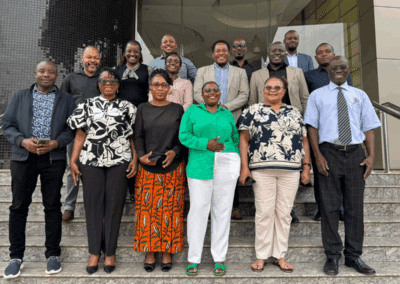In September, ICAP shared the final installment of its compendium of Test and Treat All resources. The compendium is an impressive list of tools and resources that focus on targeted HIV testing; starting ART in the era of treat all; differentiated service delivery (DSD); and implementation of routine viral load monitoring.
The latest resource, Starting Antiretroviral Therapy (ART) in the Era of Treat All, covers a range of topics—from retesting for verification of HIV status to program monitoring and evaluation (M&E). Special considerations for initiating ART in infants, children, and adolescents are included, as well as care guidelines for patients with advanced disease.
We sat down with Ruby Fayorsey, MD, MPH, deputy director of the Clinical and Training Unit at ICAP and a team member of ICAP’s HIV Coverage, Quality, and Impact Network (CQUIN) project, to talk about why and how the resources were developed, what differentiates them from other resources, and the important role they play in helping countries improve HIV treatment and reach the 95-95-95 targets.
Why were each of these resources developed?
ICAP is supporting countries to reach 95-95-95, and the first target, case identification, is a crucial first step. ICAP’s Approach to Strategic HIV Testing prioritizes HIV testing in terms of how you can get the highest yield using the least amount of resources and ensuring clients who test positive are linked to ART. We outline strategies for reaching people who are at high risk of acquiring HIV but don’t usually get tested, such as men and adolescents.
In 2017, when CQUIN first started, our team here created the DSD Call to Action for Adults at High Risk of HIV Disease Progression. At the time, information on DSD was scattered. We wanted to provide countries with synthesized information on different DSD models and use country examples, so we reached out to countries like Kenya, who had already started implementing DSD, and also included information from the World Health Organization (WHO) and others.
We put together ICAP’s Approach to Differentiated Service Delivery to highlight various country tools. One good example is Zimbabwe; they have useful tools and we include links to them in our resources section. We also made sure there was an M&E section, and this was one of the catalysts for the work around M&E of DSD. Once our team met with the ICAP teams in the field, we started to see how much bigger M&E of DSD was, and that’s why it became such a critical part of CQUIN. When you have people accessing differentiated services in multiple places—such as clinics and communities—it’s hard to track.
ICAP’s Approach to Implementation of Routine Viral Load Monitoring came about because ICAP was working on a global technical assistance project that was looking at adherence counseling on viral load. At the time, guidelines had changed, and WHO was now asking countries to do routing viral load monitoring.
ICAP held a viral load meeting in 2016, and we found out that some of the countries we support didn’t have the resources and tools to get this done, so we pulled all of these resources together. Monitoring was a big part of this, because viral load wasn’t being done routinely and was never part of the old registers. We had our M&E teams work with us around modifications to the existing registers and health management information systems in countries to collect this information, so it can be acted on in a timely manner.
While all this was happening, guidelines changed to test and treat all. The old mantra for HIV care and treatment was multiple adherence visits over a lifetime. Studies continued to show that all of the steps involved were stumbling blocks to keeping people on treatment. Countries were used to doing things the old way, so we had to try and figure out how to get them to shift and begin same-day or rapid ART initiation.
That’s why we developed the ICAP Approach to Starting ART in the Era of Treat All. We included messaging focused on changing the conversation about testing and treatment so providers feel comfortable doing it.
How will these resources be used?
As we’re developing these tools, we reach out to our colleagues working to implement HIV services. Oftentimes, they’re asking for products even before they’re ready. They’ll often take drafts and tailor them for their specific situations. ICAP’s country teams will share them with the ministry of health, and then they adapt and use them as national tools or training material. ICAP’s Viral Load Flipchart was originally available in English, French, Portuguese, and Swahili. However, our colleagues in Central Asia and Ukraine saw the niche these documents could fill and translated them into Russian, and Ukrainian. They’re now being used widely.
Will they be improved?
The same thing happened with the test and treat manual for health care workers. We developed this based on country needs, and our teams have taken it to the next level by sharing it with ministries of health and other implementing partners. In Myanmar, the National AIDS Program has incorporated the test and treat manual into the national HIV training curriculum.
HIV is a very dynamic field and guidelines are always changing. Test and Treat All is a great example of that. Previously, CD4 was used to guide ART initiation, and we were supporting programs to link people who test positive to services and start ART over time; now we’re focusing on rapid and same-day ART initiation. DSD was initially focused on stable patients and now there are models for adolescents, key populations, and patients at high risk of HIV disease progression. We’re currently developing training materials to go with the test and treat all toolkit. We’re getting feedback on how to make the tools better from our country teams, and we’re always trying to improve them.






